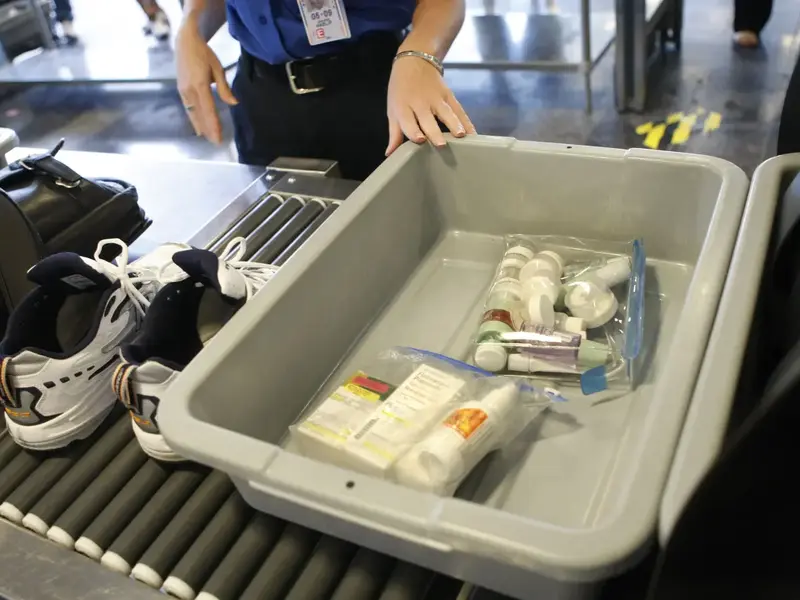New Airport Scanners: Better Security, Slow Adoption
Sunday, 2025/07/20222 words3 minutes685 reads
The aviation industry is witnessing a significant technological advancement with the introduction of new airport scanners capable of more accurately detecting liquid explosives. This development has sparked optimism among travelers about the potential relaxation of longstanding restrictions on carrying liquids in hand luggage.
The new scanners employ computed tomography (CT) technology, which provides security personnel with enhanced three-dimensional images of bag contents. This allows for more precise identification of potential threats and differentiation between harmless liquids and dangerous substances. The technology represents a marked improvement over traditional X-ray machines, potentially streamlining the security process while maintaining or even improving safety standards.
However, the implementation of these advanced scanners faces substantial hurdles. As of now, only 255 out of 432 airports across the United States have installed the new CT scanners. The primary obstacles to widespread adoption include the high cost of the equipment—each unit costs over $2 million—and the need for significant infrastructure modifications to accommodate the larger machines.
The gradual rollout of this technology presents a logistical challenge for policymakers. While it may be tempting to ease liquid restrictions at airports equipped with the new scanners, doing so could lead to confusion and inconsistency in security protocols across different airports. Consequently, any changes to liquid policies will likely be delayed until a more comprehensive implementation of the new technology is achieved.
